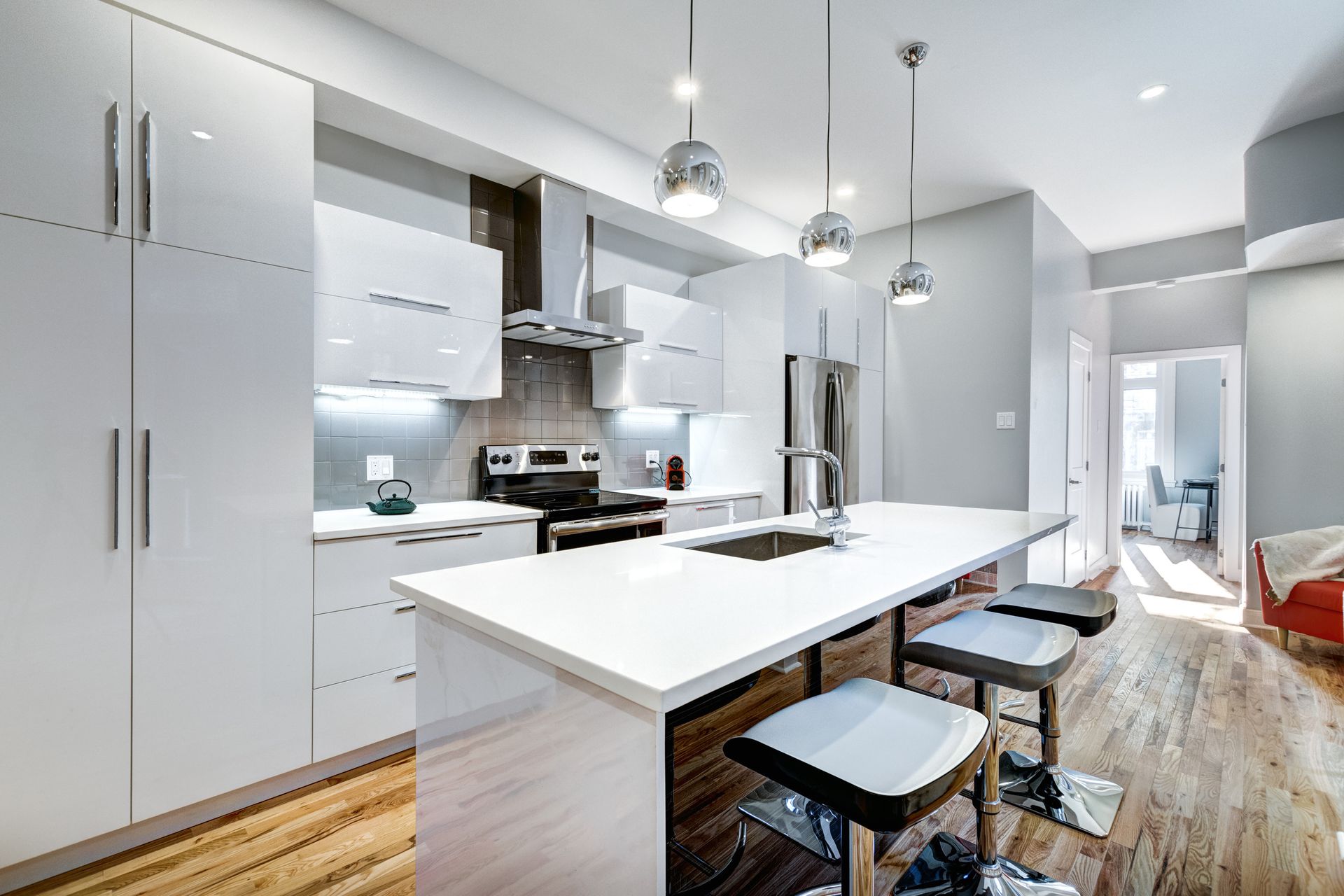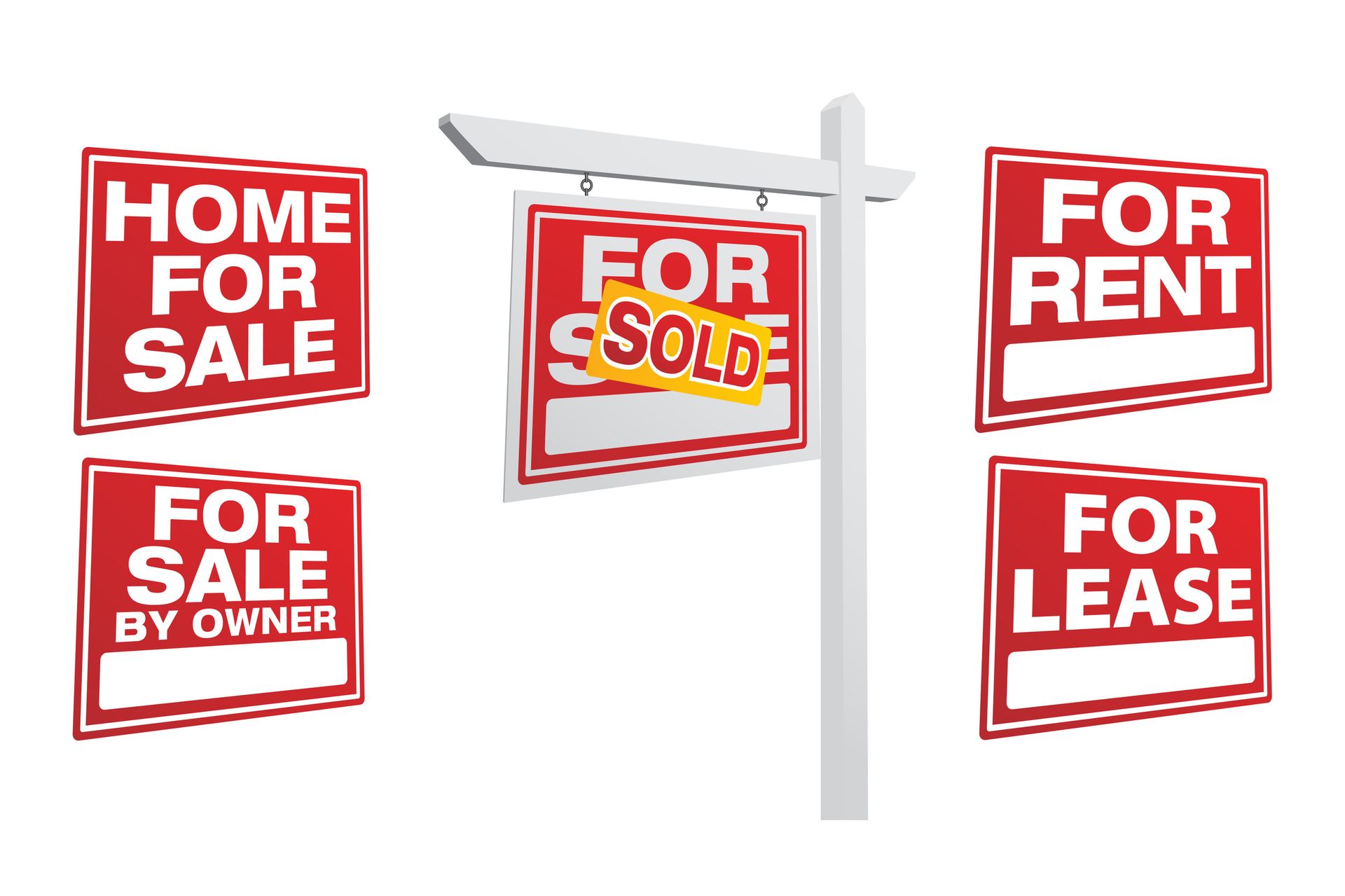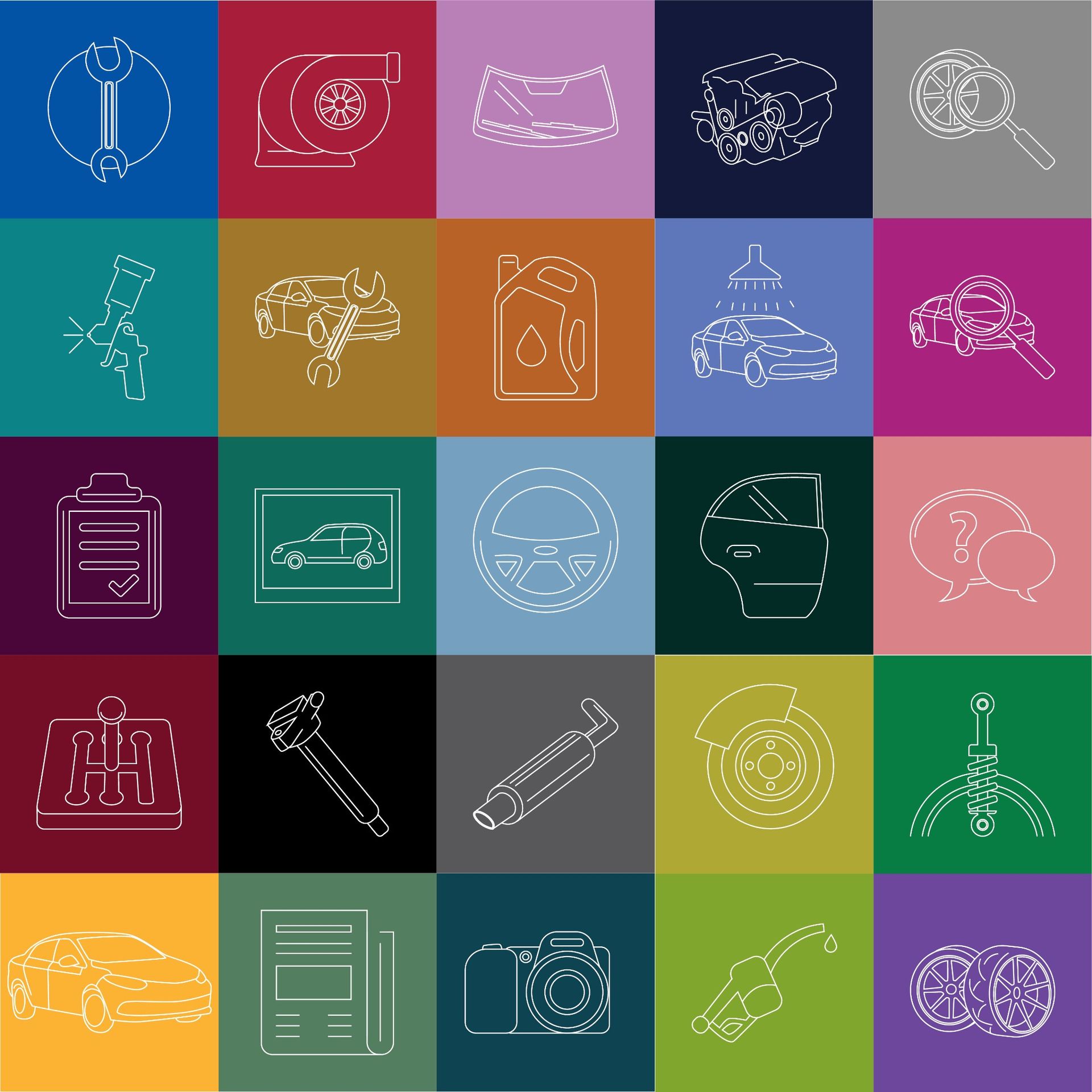The Real Estate Virtual Tour Guide: Comparing Matterport 3D Tours and Zillow 3D Home
The Real Estate Virtual Tour Guide: Comparing Matterport 3D Tours and Zillow 3D Home
Virtual tours have revolutionized the way we explore real estate. If you're buying or selling a home, you’ve likely come across 3D tours.
Two major players in this space are Matterport and Zillow. But how do they differ? And which one is right for your needs?
In this guide, we'll help you compare Matterport 3D Tours and Zillow 3D Home. We'll break down their features, usability, and benefits to make your decision easier.
Let’s take a closer look at these two virtual tour giants.
Quality of 3D Imaging
Matterport 3D Tours
Matterport is known for its high-quality imaging. It uses advanced cameras and artificial intelligence to create detailed and immersive 3D space models.
When you use Matterport, you’re getting a virtual tour that's almost as good as being there in person. The images are very clear, with accurate colors and precise details, making it easy for viewers to get a real sense of the property's layout and features.
Zillow 3D Home
Zillow's 3D Home tours are also impressive but simpler and more accessible. They use 360-degree photos to craft a virtual walkthrough.
While the image quality might not be as high as Matterport, Zillow's platform is user-friendly and integrates seamlessly with their listing service.
This can be particularly useful if you're looking for a fast and easy way to create and share a 3D tour with potential buyers.
Verdict
If superior imaging quality is your top priority, Matterport is the better choice.
User Experience
Matterport 3D Tours
Matterport offers a robust user experience with its feature-rich platform. The setup can be a bit complex, involving specific cameras and equipment.
However, once you get past the initial setup, the platform provides a smooth and immersive experience. Navigating through the virtual tour feels almost like walking through the property yourself.
Real estate agents often appreciate Matterport's detailed analytics, which can offer insights into how viewers are interacting with the tour.
Zillow 3D Home
Zillow makes it easy for anyone to create a 3D tour. All you need is a smartphone and the Zillow 3D Home app.
The process is straightforward and quick, making it a great choice for sellers who want speed and convenience. The user interface is intuitive, ensuring that even those who aren't tech-savvy can navigate it with ease.
Plus, since it's integrated with Zillow’s platform, your 3D tour can reach a wide audience effortlessly.
Verdict
Both platforms excel in user experience, but Matterport's compatibility with VR headsets adds an extra layer of engagement.
Compatibility
Matterport 3D Tours
When it comes to compatibility, Matterport stands out. It works with various VR headsets, allowing for an even more immersive experience.
This can be a huge advantage if you want potential buyers to feel like they are actually walking through the property. Additionally, Matterport tours can be easily shared across different platforms, making it simple to reach a broader audience.
Zillow 3D Home
Zillow 3D Home focuses on ease of use and wide accessibility. Since it mainly uses 360-degree photos, you only need a smartphone to get started.
This simplicity means it’s easier to integrate into everyday real estate tasks. Plus, since Zillow is already a popular platform for real estate listings, your 3D tours will naturally get more visibility.
Verdict
Matterport offers greater compatibility with VR and broader sharing options. On the other hand, Zillow 3D Home is perfect for those looking for a simple and widely accessible solution.
Pricing and Packages
Matterport 3D Tours:
Matterport operates on a subscription model, with different tiers based on the number of active spaces and additional features. While it can be more expensive, the comprehensive package justifies the cost for many professional users.
Zillow 3D Home:
Zillow 3D Home is free to use, which makes it an appealing option for agents looking to minimize costs. However, the free nature means it lacks some of the advanced features offered by Matterport.
Verdict
Zillow 3D Home is the cost-effective choice, but Matterport's pricing reflects its extensive capabilities.
Customization Options
Matterport 3D Tours:
Matterport excels in customization, allowing agents to create branded experiences with their logos and contact information. The platform also offers options for adding multimedia elements like videos and text annotations.
Zillow 3D Home:
Zillow 3D Home offers limited customization compared to Matterport. While you can add basic property details, the scope for creating a unique, branded experience is restricted.
Verdict
For customization, Matterport is the clear winner.
Marketing and Analytics Tools
Matterport 3D Tours:
Matterport provides robust marketing and analytics tools. Agents can track engagement metrics, understand viewer behavior, and optimize their tours accordingly. These insights are invaluable for fine-tuning marketing strategies.
Zillow 3D Home:
Zillow 3D Home offers basic analytics within the Zillow interface, such as the number of views. However, it lacks the in-depth marketing and analytical capabilities provided by Matterport.
Verdict
Matterport’s advanced analytics make it the superior choice for data-driven marketing.
Customer Support
Matterport 3D Tours:
Matterport is known for its reliable customer support. Users have access to comprehensive resources, including tutorials, FAQs, and live support to resolve any issues promptly.
Zillow 3D Home:
Zillow offers decent customer support through its website and app. However, the support might not be as specialized or extensive as that provided by Matterport.
Verdict
Matterport’s dedicated customer support adds to its overall value.
Conclusion and Recommendations
In summary, both Matterport 3D Tours and Zillow 3D Home have their strengths and cater to different needs:
- Choose Matterport if you prioritize: High-quality imaging, comprehensive customization, advanced marketing and analytics tools, broad compatibility, and robust customer support. It's ideal for real estate agents looking to provide an immersive and professional virtual tour experience.
- Choose Zillow 3D Home if you prioritize: Cost-effectiveness and ease of use within Zillow’s ecosystem. It’s suitable for agents who are starting out or those who primarily list on Zillow and seek a simple, budget-friendly solution.
Consider what aspects align most closely with your requirements. And remember, the right tool can significantly enhance your property showcasing efforts, driving better engagement and sales outcomes.













